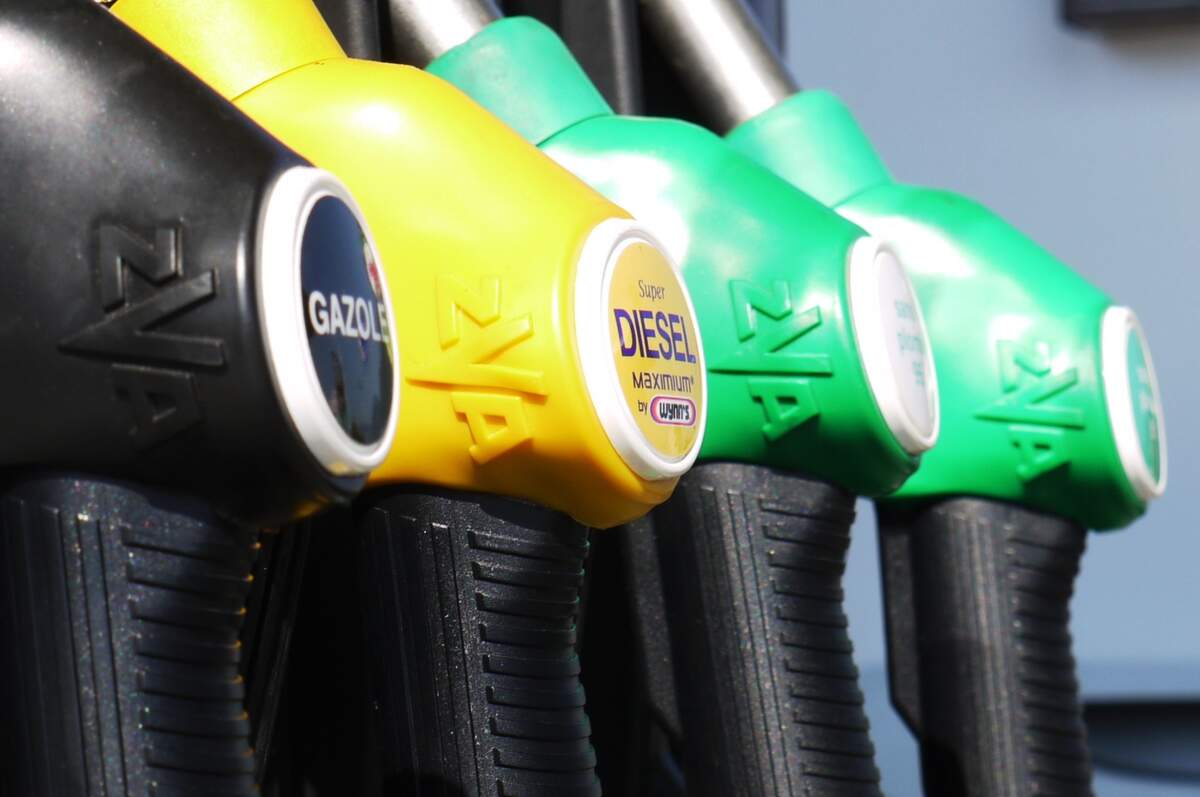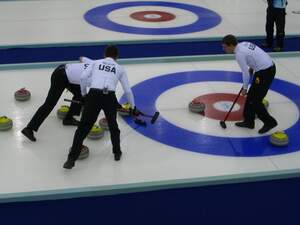

Diesel Engine Day
We celebrate the diesel engine today, on the anniversary of the date it first received a patent. German engineer Rudolf Diesel came up with the engine after setting out to improve the efficiency of the Otto engine. He came to the conclusion that the electric ignition process in that engine and others could be done away with if air could be heated to at least its auto-ignition temperature. A patent for the diesel engine, German Patent 67207—titled "Arbeitsverfahren und Ausführungsart für Verbrennungsmaschinen," meaning "Working Methods and Techniques for Internal Combustion Engines"—was granted to him on February 23, 1893.
The diesel engine is an internal-combustion engine that is sometimes referred to as a compression-ignition engine. It burns diesel fuel that is ignited with compressed air (as opposed to the gasoline engine, which is ignited with a spark.) Air is compressed to a high temperature in a cylinder, and fuel is ignited when it is injected into the cylinder. Combustion and expansion occurs and actuates a piston, and with that, the engine is in motion. One of the drawbacks of the diesel engine is it usually emits more pollution than spark-ignition engines. The performance of a diesel engine can be improved with the addition of a turbocharger or aftercooler.
The first commercial engine using Diesel's patent was installed by Adolphus Busch at his brewery in St. Louis, Missouri. One of the most noteworthy uses of early diesel engines was to power submarines during World War I. Then, during World War II, diesel was the primary power used for all military equipment, both at sea and on land. Following the war, diesel engines started being used in heavy construction machinery, in farm tractors, and in most large trucks and buses. Beyond that, diesel engines are used in marine vessels and locomotives and are installed in locations such as hospitals and airports to provide power during electrical power outages.
Diesel engines are divided into three main groups, based on power: small, medium, and large. Small engines are less than 252 horsepower and are the most common. They are used in trucks, some cars, small electric generators, and in machines used in construction and agricultural work. Medium engines range from 252 horsepower to 1006 horsepower and are mainly used in heavy-duty trucks. Large diesel engines are generally used for marine, locomotive, and mechanical drive applications (such as pumps and air compressors), and to generate electric power. Today we celebrate this versatile engine on the anniversary of the day it was first patented.
How to Observe Diesel Engine Day
Some things you could do to observe the day include:
- Use a diesel engine. Maybe you have a vehicle or generator that has one.
- If you don't have a diesel engine, go out and buy or rent something that has one.
- Visit the Internal Fire Museum of Power, Deutsches Museum, or the Anson Engine Museum.
- Read a book about Rudolf Diesel.





















